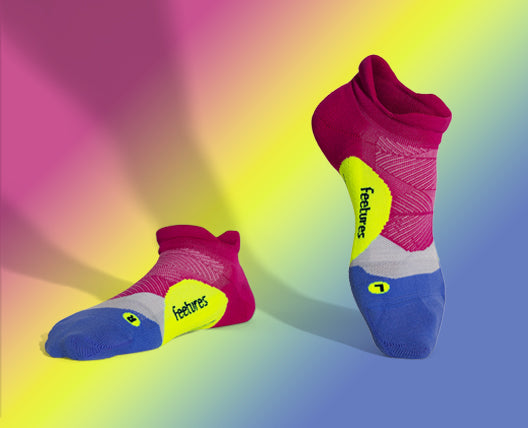What follows is a true story. The names have been changed (maybe) to protect the guilty. Think about the last time you needed to submit a warranty claim for something. How did you feel? Pleasantly surprised? Like getting a tooth pulled? Whatever the experience, service after the sale makes all the difference and can tank a brand’s reputation in a split second.
Stanley Tools
I bought a Stanley FatMax J7CS portable charger/air compressor during the Spring of 2020 (remember that Spring — you know, the one where the world ended?). Our old portable unit finally gave up the ghost after a decade, so it was time to pony up for a new one. I picked the Stanley unit because of the brand name — it is synonymous with quality, and I didn’t want any drama, especially since the only time I’d likely need it would be during a dead battery or flat tire emergency.
Also by Henry Clifford: Building the Ultimate Employee Tractor Beam
The unit arrived a few days later and while I wasn’t blown away by the build quality, it did the trick and performed as expected with no drama. I used the compressor a few times over the next 18 months. Then, one cold, dark day I needed to inflate my wife’s right rear tire on the family minivan and the Stanley FatMax compressor wouldn’t compress for love or money. It was dead. I consulted the manual and contacted their support folks, and the verdict came down swiftly: I needed to repair or replace it. No problem, I thought. After all, this was Stanley Tools. I submitted a support request on their website and received a reply letting me know the unit was out of warranty by a few months. Less than two years and out of warranty. This didn’t sit well with me. I contacted them again and asked about repair options and if they were sure about denying my warranty claim. Only after significant cross examination did they acquiesce and send me a return merchandise authorization. The form contained a litany of fine print and pitfalls that made me feel like they were engineering attrition into their warranty program like someone telling me to bring them the Wicked Witch of the West’s broomstick. I plodded through the paperwork and shipped the unit back to their third-party warranty fulfillment center.
I still haven’t heard back from the fulfillment center. No news. Maybe this story will have a happy ending, but the beginning and the middle aren’t looking so good.
Feetures

I’m addicted to endurance running. There, I said it. My name is Henry and I have a problem — I love to suffer. There aren’t many ways to improve comfort on a four-hour run. You can upgrade shoes, shirt, and shorts, but that’s kind of it. At least I thought so until I ran into a guy selling socks during packet pickup for the Richmond Marathon a few years ago. You heard me right: socks. Not only that, these socks were $17 a pair. I thought I’d seen all the scams like bottled water, clear coat, and title insurance, but this one took the cake. Here was a man, standing in front of me with a straight face, peddling $17 socks. After I got over my initial shock, I asked him about his special socks. He proceeded to get into the features and benefits, including a lifetime warranty. “Wait a minute,” I said. “I buy this pair of socks and then they get holes in them down the road. What then?” He told me everything was covered under warranty. Now the math started to make sense. I was happy to fork over $17 for the last pair of socks I’d ever buy (same rationale as overpaying for LED light bulbs a few years ago).
Fast forward a few years and sure enough, some of my Feetures socks were looking a little worse for wear and I decided to test out the warranty. I went to their Website and found the claim page right away, which prompted me to fill out a form and attach some pictures of the ratty socks. I hit submit and received a confirmation letting me know their product team would be in touch the next day.
The next morning I awoke to an email from Feetures with a gift card code inside. They didn’t want the old socks back. I went to the site, picked out the replacement socks and actually bought a couple more pairs (I’m sure they see a lot of people doing this) and checked out. I was left thoroughly impressed by the elegance and simplicity of this workflow.
Also by Henry Clifford: Are You Employee-Centric or Customer-Centric?
What can we learn from these two companies? One is transactional, choosing to make their money one sale at a time and focused heavily on new customer acquisition. The other is relationship-oriented, choosing to nurture and grow their customer base into raving fans, who, in turn, will tell an average of nine people about their positive experience.
Which company most closely resembles your own? Are you installing systems and praying the client makes it through the first year without any significant service issues and chasing the next big project? Or are you leaning into the relationship, acknowledging the pitfalls associated with technology, and wrapping your customer up in a big bear hug, servicing them proactively 24/7/365?
What will you do to refine your warranty program?
Stay frosty, and see you in the field.
Henry Clifford is president of Livewire, an integration firm in Richmond, VA. He also serves on the CEDIA Business Working Group and writes a bi-monthly blog for Residential Systems.






